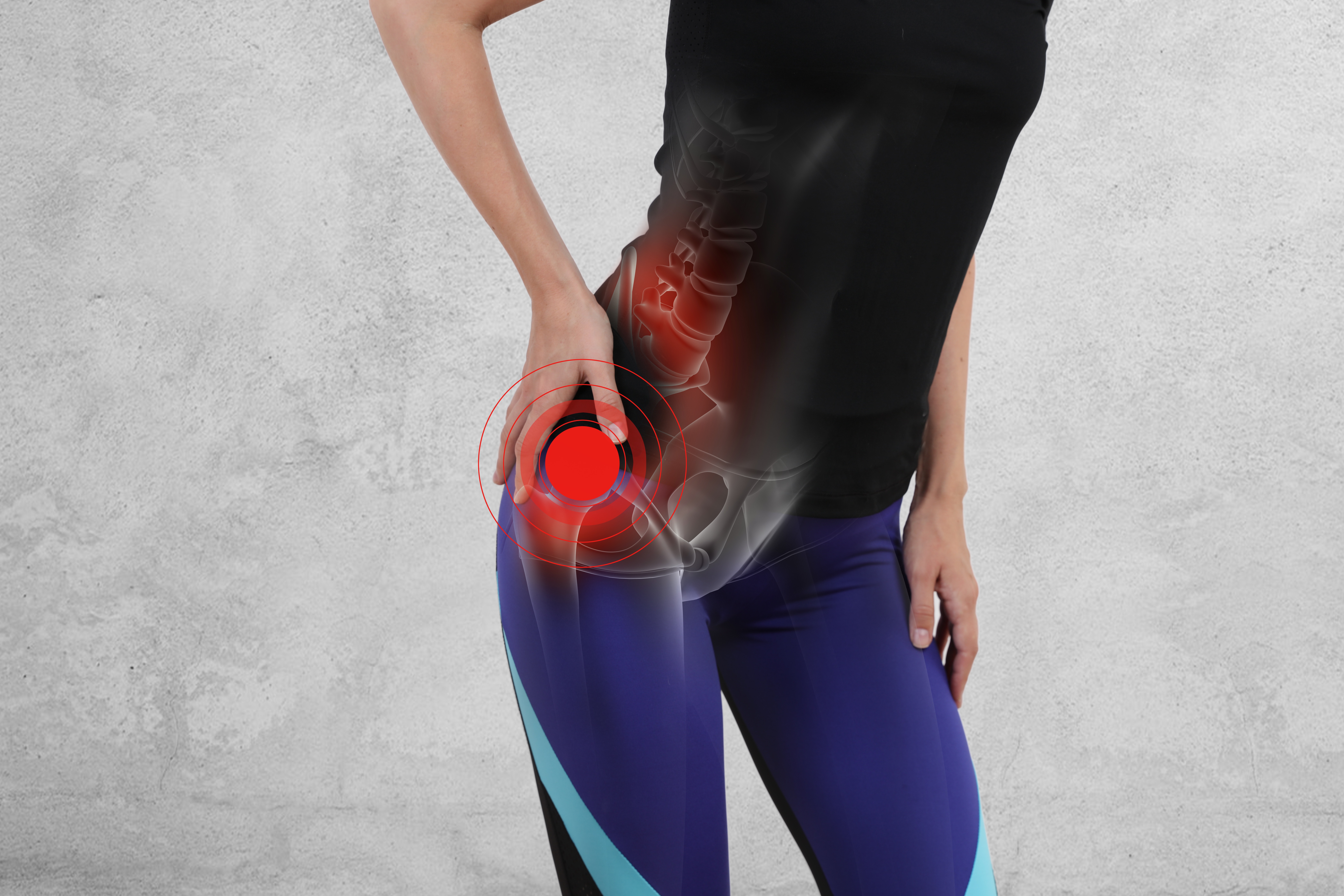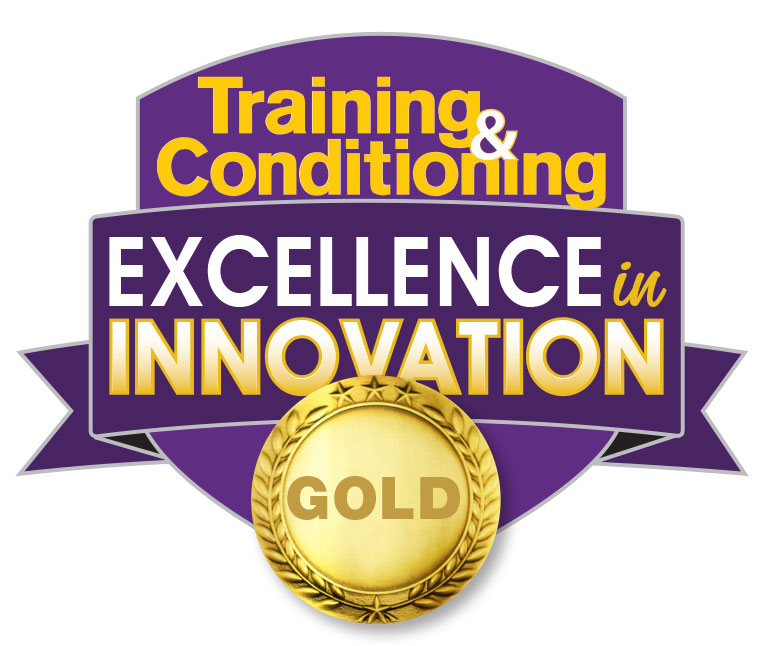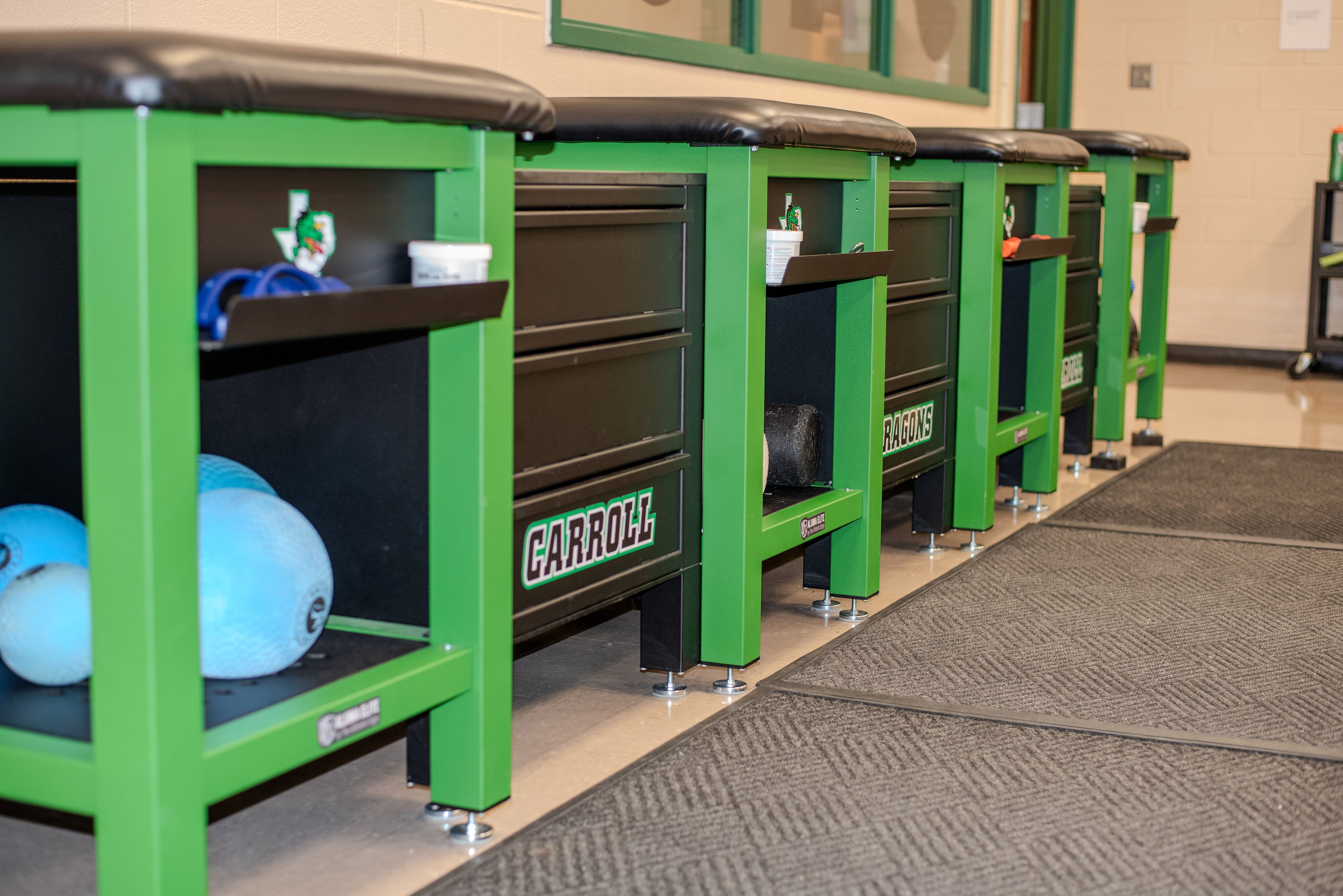Blackberry Meets Band-Aid
Say goodbye to fanny packs, whirlpools and spine boards, says Athletic Business--today's athletic trainers use specially designed carts, low-level lasers, whole body vibration and a whole gamut of tech-savvy tools to treat athletes. By using and tracking the effectiveness of new technology, trainers can more effectively treat the whole athlete and also provide hard data to their directors to help boost funding for this equipment.
In one corner of the athletic training rooms at the 25 public high schools in Fairfax County, Va., hot- and cold-water hookups and drains sit unused - relics from another era that represent an arguably outdated approach to caring for student-athletes. "Most athletic directors over 45 years old think part of athletic training is having a whirlpool," says Jon Almquist, athletic training administrator for Fairfax County Public Schools and a certified athletic trainer who has racked up 25 years in the business. "There are some folks who still use them, and they can be effective. But you're better off using that 10 square feet of space for other things, like rehab."
All over the country, forward-thinking athletic trainers at the high school and collegiate levels are finding new ways to do their jobs better - using advances in healthcare and communications technology to redefine their roles while eschewing such longtime athletic training standbys as whirlpools and spine boards. "The job has gone from using a cotton-tip applicator to carrying a BlackBerry®," says National Athletic Trainers Association president Chuck Kimmel, former head certified athletic trainer at Austin Peay University and now an instructor and clinician at Appalachian State University. "It has become much more scientific and technical."
Certainly, athletic trainers still carry the essentials in their bags - first-aid and taping supplies, for example - and there are more options for those than ever on the market today to suit a variety of personal preferences. But the type of storage used to carry those goods has changed from hard-shell kits to backpack-style units (some of them on wheels) and even large carts that can be loaded with hydration systems and sports drinks and pulled behind small utility vehicles.
Just like the athletes they care for, certified athletic trainers need to dedicate time for effective preparation in order to meet the unexpected challenges they'll encounter on the field or court. As Chad Kinart - a former assistant athletic trainer at the University of Nebraska at Omaha and now a certified athletic trainer at ESPN Sports Medicine - says, treating athletes is only part of an athletic trainer's job.
That job, for athletic trainers at all levels, is to protect athletes by maintaining a healthy sports culture. "The idea of athletic trainers being tapers and icers and referring kids to other people for other things is not something we support," Almquist says. "We support the concept of the athletic trainer being a healthcare provider who is able to independently deal with 90 percent of the situations that come through the door."
In order to do that, certified athletic trainers require the support of athletic directors, school boards and other administrators who have a say in equipment purchases. One of the best investments an athletic training department can make these days is in hardware and software that can electronically manage student-athlete health information.
Specialized software systems now provide real-time online and offline access to athlete health information from anywhere, which can help identify injury trends, speed up recordkeeping, reduce data-entry inconsistencies and - most important - potentially save a life in the case of an on-field injury. (A personal-health record accessible via a PDA, for example, could inform the athletic trainer on duty that the injured player has a medicine allergy.)
Kinart says UNO's system improved athletic training workflow and resulted in more comprehensive and accessible health records that bolstered the program's standard of care.
A centralized network also generates reports that include such data as the number of student-athletes treated on a daily, weekly, monthly or yearly basis, the types of injuries they suffered, and how many ice packs were issued, for example. With a little extra effort, dollar figures can be assigned to those treatments. Such data provides athletic trainers with a powerful tool to seek support for their often underfunded departments. "This is what makes a school board say, 'Well, I guess we put our money in a good place,' " Almquist says.
Fairfax County Public Schools has moved a step beyond its centralized computer system by equipping the two certified athletic trainers at each of its high schools with PDAs, which recently replaced cell phones on their belts. That way, during practice downtime, athletic trainers can enter student-athlete health information; e-mail or call physicians, parents and other contacts; or read about the latest industry developments and research via the Internet. Some of the PDAs were budget items (the district spent $13,750 for 50 of them, Almquist says), while 25 others were obtained last year through grant money.
Having an AED within an athletic trainer's reach during both practices and games is a no-brainer. After all, NATA urges its members to follow guidelines published by the American Heart Association that call for the availability of AEDs in all athletic settings. To that end, some athletic trainers now carry an AED with them to both home and away games, just in case the host venue does not have an easily accessible defibrillator.
Some athletic trainers now pack an AED in a special rolling kit designed for respiratory and cardiac emergencies. The kit also typically contains a bag-valve mask, an epinephrine auto injector to treat anaphylactic shock, a stethoscope and a sphygmometer for measuring blood pressure and pulse rate, along with rolls of tape and wound-care products.
As the position of certified athletic trainer continues to evolve, it will become more important for administrators to provide not only the necessary tools for an athletic training department to carry out its mission, but also additional space for an office adjacent to the training and rehab areas. This will allow trainers to have private conversations regarding a student-athlete's health and other touchy topics with doctors, parents, coaches and each other without having to worry about being overheard. Privacy-law concerns today practically demand such a space, according to Almquist. "You can't do that stuff in front of everybody anymore," he says.
Other athletic trainers say they're also now the ones in charge of everything from misting fans to weather-monitoring devices - whether a lightning detection or prediction system, a sling psychrometer or a PDA link to a local weather service. The expectation, Kimmel says, is for certified athletic trainers at all levels of sport to administer their programs using scientifically based equipment and reasoning, and that requires more research, planning, recordkeeping and communication than it did in the past.
It's possible to go overboard on those things, he admits, "but if we say we need something, then hopefully athletic directors trust that we really need it."
Say goodbye to fanny packs, whirlpools and spine boards, says Athletic Business--today's athletic trainers use specially designed carts, low-level lasers, whole body vibration and a whole gamut of tech-savvy tools to treat athletes. By using and tracking the effectiveness of new technology, trainers can more effectively treat the whole athlete and also provide hard data to their directors to help boost funding for this equipment.
In one corner of the athletic training rooms at the 25 public high schools in Fairfax County, Va., hot- and cold-water hookups and drains sit unused - relics from another era that represent an arguably outdated approach to caring for student-athletes. "Most athletic directors over 45 years old think part of athletic training is having a whirlpool," says Jon Almquist, athletic training administrator for Fairfax County Public Schools and a certified athletic trainer who has racked up 25 years in the business. "There are some folks who still use them, and they can be effective. But you're better off using that 10 square feet of space for other things, like rehab."
All over the country, forward-thinking athletic trainers at the high school and collegiate levels are finding new ways to do their jobs better - using advances in healthcare and communications technology to redefine their roles while eschewing such longtime athletic training standbys as whirlpools and spine boards. "The job has gone from using a cotton-tip applicator to carrying a BlackBerry®," says National Athletic Trainers Association president Chuck Kimmel, former head certified athletic trainer at Austin Peay University and now an instructor and clinician at Appalachian State University. "It has become much more scientific and technical."
Certainly, athletic trainers still carry the essentials in their bags - first-aid and taping supplies, for example - and there are more options for those than ever on the market today to suit a variety of personal preferences. But the type of storage used to carry those goods has changed from hard-shell kits to backpack-style units (some of them on wheels) and even large carts that can be loaded with hydration systems and sports drinks and pulled behind small utility vehicles.
Just like the athletes they care for, certified athletic trainers need to dedicate time for effective preparation in order to meet the unexpected challenges they'll encounter on the field or court. As Chad Kinart - a former assistant athletic trainer at the University of Nebraska at Omaha and now a certified athletic trainer at ESPN Sports Medicine - says, treating athletes is only part of an athletic trainer's job.
That job, for athletic trainers at all levels, is to protect athletes by maintaining a healthy sports culture. "The idea of athletic trainers being tapers and icers and referring kids to other people for other things is not something we support," Almquist says. "We support the concept of the athletic trainer being a healthcare provider who is able to independently deal with 90 percent of the situations that come through the door."
In order to do that, certified athletic trainers require the support of athletic directors, school boards and other administrators who have a say in equipment purchases. One of the best investments an athletic training department can make these days is in hardware and software that can electronically manage student-athlete health information.
Specialized software systems now provide real-time online and offline access to athlete health information from anywhere, which can help identify injury trends, speed up recordkeeping, reduce data-entry inconsistencies and - most important - potentially save a life in the case of an on-field injury. (A personal-health record accessible via a PDA, for example, could inform the athletic trainer on duty that the injured player has a medicine allergy.)
Kinart says UNO's system improved athletic training workflow and resulted in more comprehensive and accessible health records that bolstered the program's standard of care.
A centralized network also generates reports that include such data as the number of student-athletes treated on a daily, weekly, monthly or yearly basis, the types of injuries they suffered, and how many ice packs were issued, for example. With a little extra effort, dollar figures can be assigned to those treatments. Such data provides athletic trainers with a powerful tool to seek support for their often underfunded departments. "This is what makes a school board say, 'Well, I guess we put our money in a good place,' " Almquist says.
Fairfax County Public Schools has moved a step beyond its centralized computer system by equipping the two certified athletic trainers at each of its high schools with PDAs, which recently replaced cell phones on their belts. That way, during practice downtime, athletic trainers can enter student-athlete health information; e-mail or call physicians, parents and other contacts; or read about the latest industry developments and research via the Internet. Some of the PDAs were budget items (the district spent $13,750 for 50 of them, Almquist says), while 25 others were obtained last year through grant money.
Having an AED within an athletic trainer's reach during both practices and games is a no-brainer. After all, NATA urges its members to follow guidelines published by the American Heart Association that call for the availability of AEDs in all athletic settings. To that end, some athletic trainers now carry an AED with them to both home and away games, just in case the host venue does not have an easily accessible defibrillator.
Some athletic trainers now pack an AED in a special rolling kit designed for respiratory and cardiac emergencies. The kit also typically contains a bag-valve mask, an epinephrine auto injector to treat anaphylactic shock, a stethoscope and a sphygmometer for measuring blood pressure and pulse rate, along with rolls of tape and wound-care products.
As the position of certified athletic trainer continues to evolve, it will become more important for administrators to provide not only the necessary tools for an athletic training department to carry out its mission, but also additional space for an office adjacent to the training and rehab areas. This will allow trainers to have private conversations regarding a student-athlete's health and other touchy topics with doctors, parents, coaches and each other without having to worry about being overheard. Privacy-law concerns today practically demand such a space, according to Almquist. "You can't do that stuff in front of everybody anymore," he says.
Other athletic trainers say they're also now the ones in charge of everything from misting fans to weather-monitoring devices - whether a lightning detection or prediction system, a sling psychrometer or a PDA link to a local weather service. The expectation, Kimmel says, is for certified athletic trainers at all levels of sport to administer their programs using scientifically based equipment and reasoning, and that requires more research, planning, recordkeeping and communication than it did in the past.
It's possible to go overboard on those things, he admits, "but if we say we need something, then hopefully athletic directors trust that we really need it."
- See more at: http://www.teamedgeathletics.com/learn/blog/blackberry-meets-band-aid.aspx#sthash.KCfpwL0F.dpuf


.webp)


